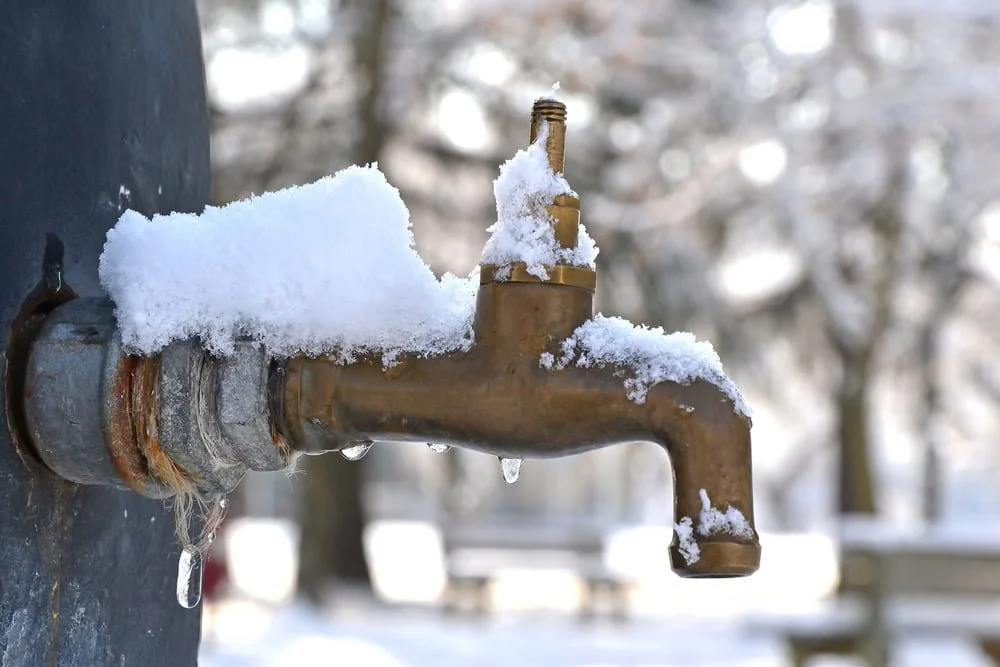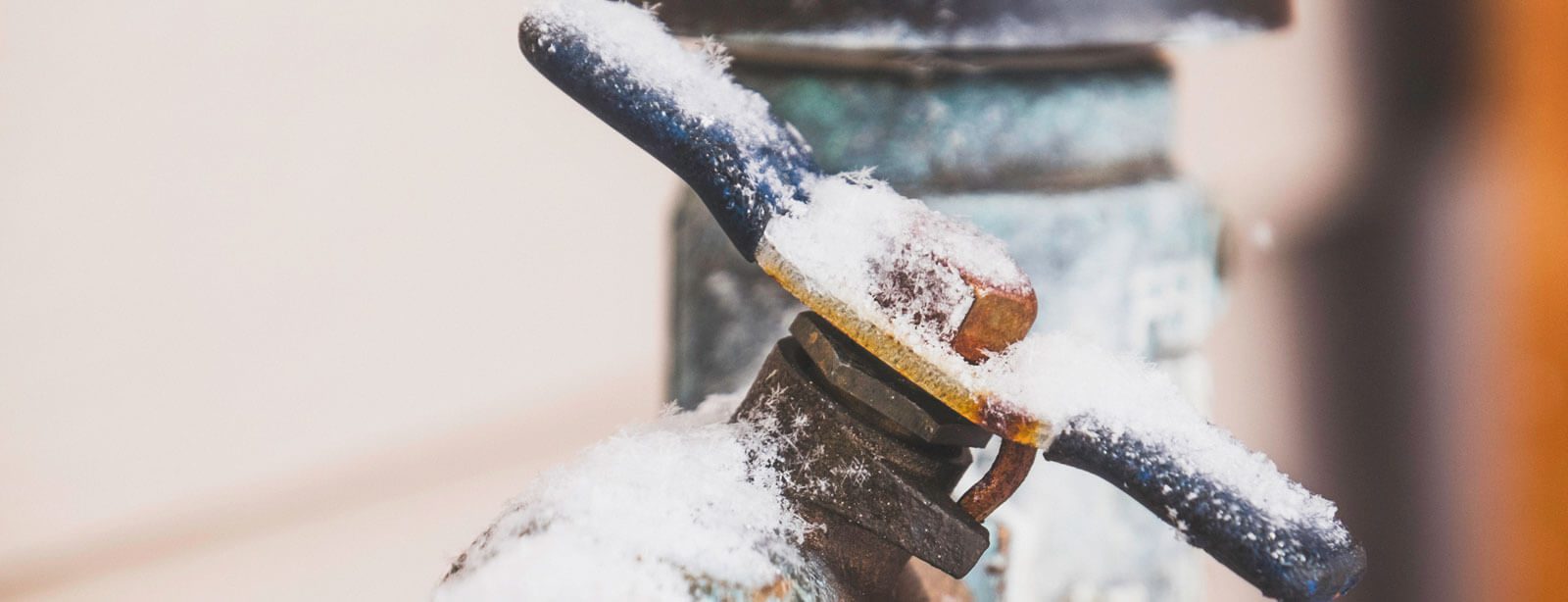Essential Advice to Avoid Frozen Pipes in Winter
Essential Advice to Avoid Frozen Pipes in Winter
Blog Article
Nearly everybody has his or her own ideas on the subject of How To Avoid Freezing Pipes.

Winter can damage your pipes, specifically by freezing pipelines. Right here's exactly how to stop it from taking place and what to do if it does.
Intro
As temperatures decline, the threat of icy pipelines increases, potentially bring about pricey repairs and water damages. Understanding exactly how to avoid frozen pipelines is vital for house owners in cool climates.
Prevention Tips
Insulating susceptible pipelines
Wrap pipes in insulation sleeves or utilize warmth tape to protect them from freezing temperatures. Concentrate on pipelines in unheated or external areas of the home.
Home heating techniques
Keep interior rooms sufficiently warmed, especially areas with plumbing. Open cupboard doors to enable warm air to flow around pipelines under sinks.
Just how to recognize icy pipelines
Seek lowered water circulation from taps, unusual odors or sounds from pipes, and noticeable frost on revealed pipelines.
Long-Term Solutions
Architectural modifications
Think about rerouting pipes far from outside walls or unheated locations. Include additional insulation to attics, cellars, and crawl spaces.
Upgrading insulation
Invest in high-quality insulation for pipelines, attics, and walls. Appropriate insulation helps keep constant temperature levels and reduces the danger of icy pipes.
Shielding Outdoor Plumbing
Garden pipes and exterior faucets
Disconnect and drain yard pipes before winter months. Install frost-proof spigots or cover outside taps with insulated caps.
Understanding Frozen Pipelines
What causes pipelines to freeze?
Pipes freeze when subjected to temperatures below 32 ° F (0 ° C) for prolonged periods. As water inside the pipelines freezes, it broadens, taxing the pipeline wall surfaces and possibly creating them to break.
Risks and damages
Frozen pipelines can lead to supply of water interruptions, residential or commercial property damage, and expensive repairs. Ruptured pipelines can flooding homes and trigger comprehensive structural damages.
Indications of Frozen Water Lines
Determining icy pipelines early can avoid them from bursting.
What to Do If Your Pipelines Freeze
Immediate actions to take
If you suspect icy pipes, maintain faucets open to relieve pressure as the ice thaws. Make use of a hairdryer or towels soaked in hot water to thaw pipes gradually.
Verdict
Stopping icy pipes needs aggressive measures and quick feedbacks. By understanding the causes, indications, and safety nets, homeowners can secure their pipes throughout winter.
5 Ways to Prevent Frozen Pipes
Drain Outdoor Faucets and Disconnect Hoses
First, close the shut-off valve that controls the flow of water in the pipe to your outdoor faucet. Then, head outside to disconnect and drain your hose and open the outdoor faucet to allow the water to completely drain out of the line. Turn off the faucet when done. Finally, head back to the shut-off valve and drain the remaining water inside the pipe into a bucket or container. Additionally, if you have a home irrigation system, you should consider hiring an expert to clear the system of water each year.
Insulate Pipes
One of the best and most cost-effective methods for preventing frozen water pipes is to wrap your pipes with insulation. This is especially important for areas in your home that aren’t exposed to heat, such as an attic. We suggest using foam sleeves, which can typically be found at your local hardware store.
Keep Heat Running at 65
Your pipes are located inside your walls, and the temperature there is much colder than the rest of the house. To prevent your pipes from freezing, The Insurance Information Institute suggests that you keep your home heated to at least 65 degrees, even when traveling. You may want to invest in smart devices that can keep an eye on the temperature in your home while you’re away.
Leave Water Dripping
Moving water — even a small trickle — can prevent ice from forming inside your pipes. When freezing temps are imminent, start a drip of water from all faucets that serve exposed pipes. Leaving a few faucets running will also help relieve pressure inside the pipes and help prevent a rupture if the water inside freezes.
Open Cupboard Doors
Warm your kitchen and bathroom pipes by opening cupboards and vanities. You should also leave your interior doors ajar to help warm air circulate evenly throughout your home.

As a person who reads about 6 Ways to Prevent Frozen Pipes, I think sharing that section was a good thing. Please take the opportunity to promote this write-up if you appreciated it. I cherish your readership.
Details Here Report this page